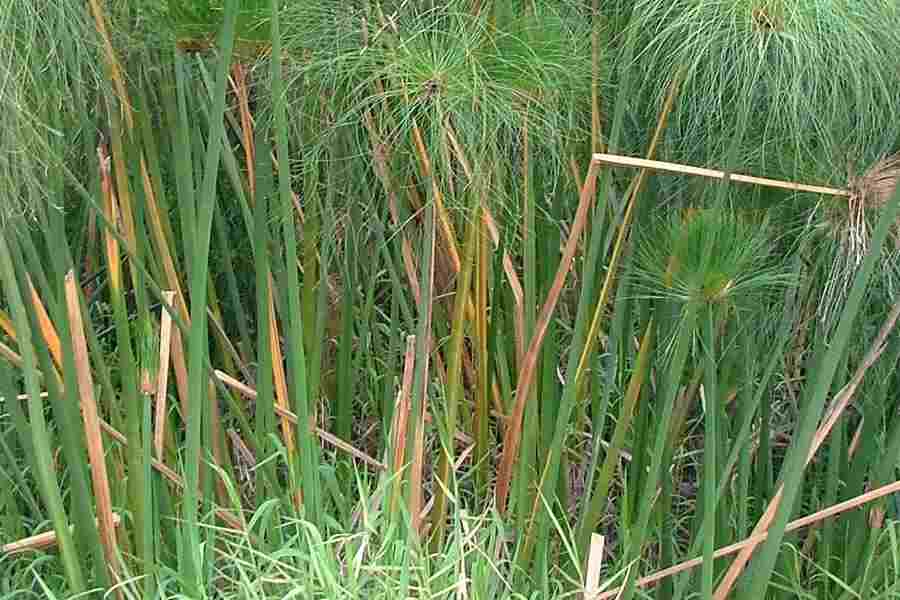

The plant was also offered to the gods - Ramses III gave to the Temple of Amun 68,200 papyrus flower bouquets, 349,000 papyrus stems, 15,110 papyrus sandals, and 34,500 measures of papyrus-rind worked into incense. The papyrus was a popular motif used in jewelry, cosmetic items, furniture, and tomb paintings, and in temples bundles of papyrus carved in stone held up the ceiling, which symbolized the sky. I shall keep healthy his head." The deity also pledges to keep healthy the boy's eyes, teeth, tongue, nose, belly, lungs, liver, and other body parts and to "enable him to grow up." One example of such a charm on display in the British Museum reads: "I promise to keep this child healthy in his flesh and bones. The child then wore the container around their neck. A magical formula was written on a small piece of parchment, which was folded or rolled up and placed inside a small wooden or leather container. Papyrus charms were frequently used to protect children. Papyrus was the sacred plant of the deities Wadjet, Hathor, and Hapi, who often wore a papyrus on his head. The plant also played a part in religious devotion, as it was often bound together to form the symbol of the ankh and offered to the gods.

The priestesses of Nekhbet, who were part of funeral rites, wore papyrus crowns. The Papyrus Amulet was buried with the dead, and during the Old Kingdom fresh papyrus stalks with flower heads were a part of the offerings that the deceased took to the grave. The papyrus hieroglyphic was used in words such as " green," "flourishing," and "books." The hieroglyphic for “be prepared” was a papyrus flotation device. The flowering heads were linked to make garlands, and the whole plant was used as a cattle feed. Rich in nutrients, the pith of young shoots were eaten raw, boiled, roasted, or ground into flour. The woody root of the papyrus was used to make bowls and other utensils, and was burned for fuel. The ancient Egyptians grew and harvested this plant since the early 1st Dynasty, and it was used to make paper, cloth, rope, boats, mattresses, sails, window shades, wigs, scepters, crowns, paintbrushes, mats, incense, life preservers, sandals, boxes, baskets, and even small boats. The symbol of Lower Egypt, which was known as the "Land of Papyrus." Egyptian Name: Mehyt, Wadj, Tjuft, or Twfy


 0 kommentar(er)
0 kommentar(er)
